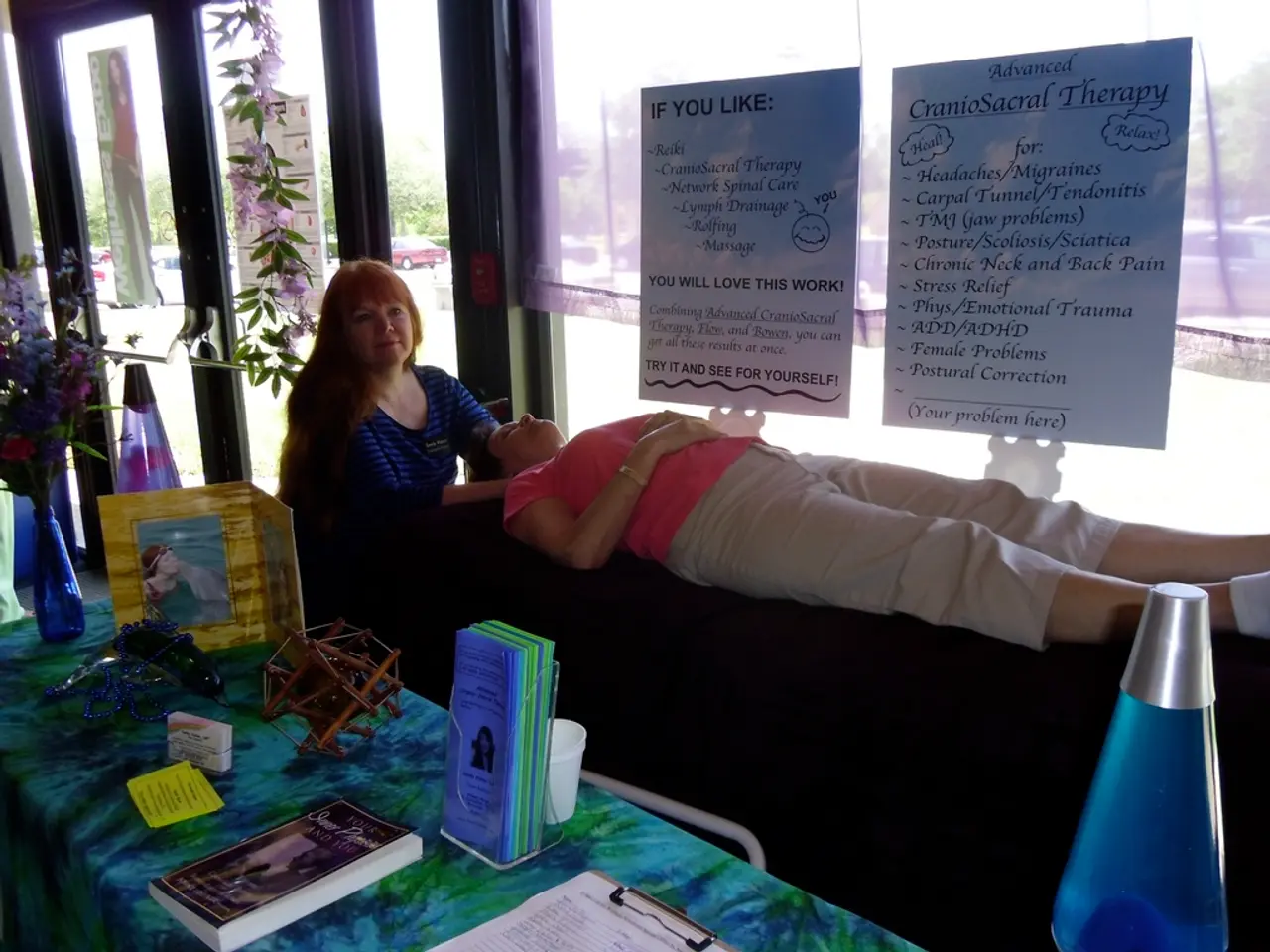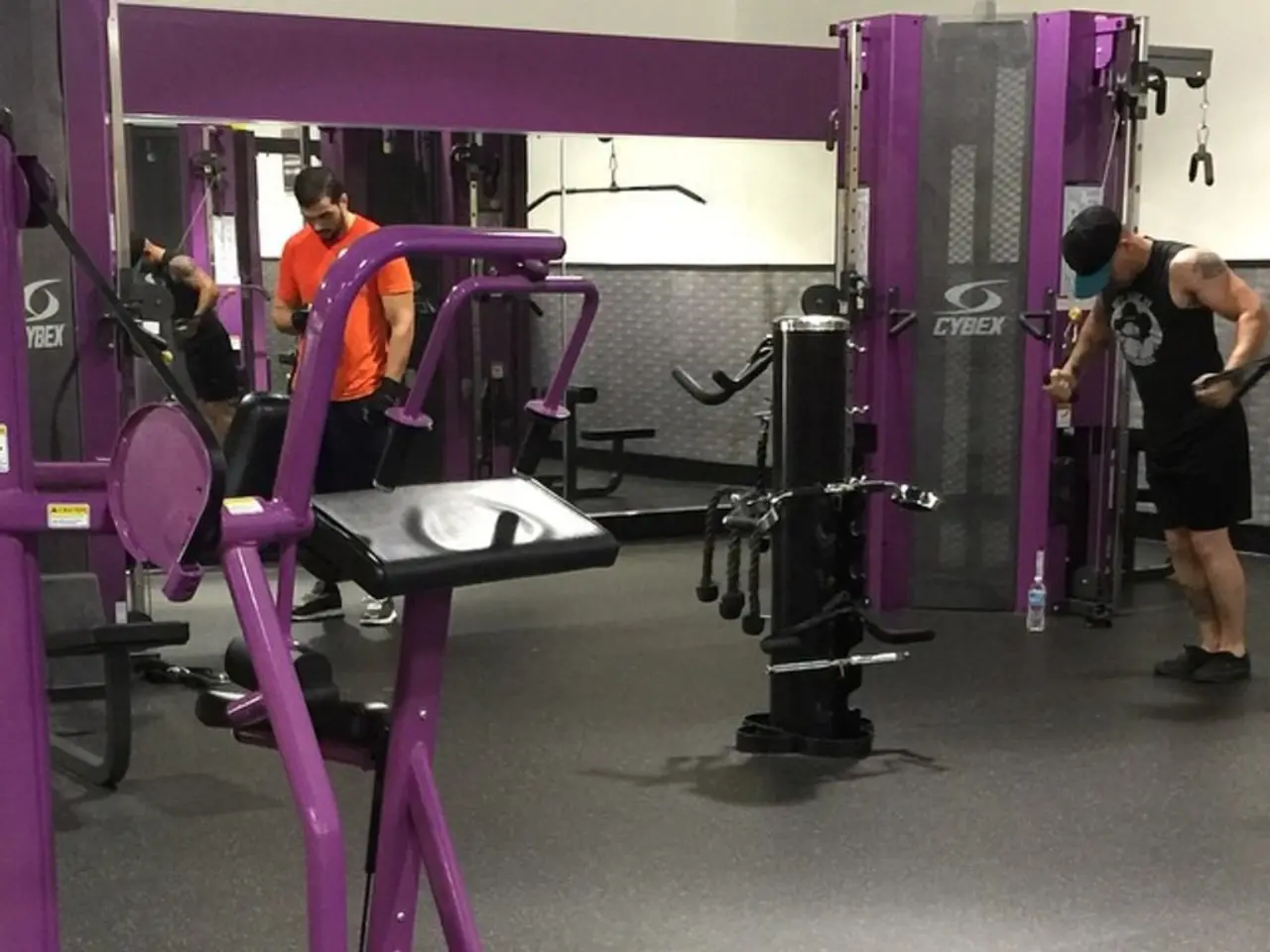Buccal fat: An examination, the surgical procedure, pricing, and further details
The world of cosmetic surgery offers various options for those seeking to enhance their appearance, and one such procedure is buccal fat removal. This surgery, also known as cheek reduction surgery or cheek contouring, is a popular choice for individuals who are self-conscious about the shape or size of their faces.
Buccal fat removal involves the careful removal of the buccal fat pad, a naturally occurring pad of fat deep in the hollow area beneath each cheekbone. The size of these pads varies among individuals, and it is possible for one buccal fat pad to be larger than the other. The surgery is designed to make a person's cheeks appear thinner, contributing to a more defined facial profile.
Before undergoing buccal fat removal surgery, an individual must attend an initial consultation. During this meeting, the surgical goals, medical history, current medications, use of tobacco, alcohol, or drugs, and photographs of the face are discussed. The procedure itself typically involves general anesthesia, incisions made on the inside of the mouth on opposite sides, removal of the buccal fat pads, and closure of the incisions using absorbable sutures.
Recovery from buccal fat removal surgery typically takes several weeks, though it may take longer in some cases. It is essential to follow aftercare instructions, which may include using a special mouth rinse, taking oral or topical medications, and scheduling a follow-up appointment. After surgery, a person may be instructed to follow a liquid or soft diet for several days.
While buccal fat removal is generally safe when performed by experienced surgeons, patients should be aware of potential risks and complications. These may include infection, bleeding, nerve damage, asymmetry, scarring, bruising and swelling, unsatisfactory aesthetic results, shortness of breath, chest pain, or abnormal heartbeats. It is crucial to maintain oral hygiene, avoid strenuous activity, and attend follow-ups to minimize complications and support optimal healing and outcomes.
Cosmetic surgeons do not recommend buccal fat removal for people who have naturally narrow or thin cheeks. Additionally, the cost of the procedure may vary according to the surgeon's experience and location, and may not be covered by health insurance. However, financing options such as CareCredit are available.
In conclusion, buccal fat removal can be a transformative procedure for those seeking a more defined facial profile. As with any surgery, it is essential to understand the risks and benefits and discuss them thoroughly with your surgeon during the consultation process. If you are unhappy with your current face shape or have concerns about the appearance of your cheeks, and are sufficiently fit and healthy to undergo the surgery, you may be a suitable candidate for buccal fat removal.
Facial cosmeticsurgery, such as buccal fat removal, is rooted in the field of science, as it involves the careful removal of the buccal fat pad to make a person's cheeks appear thinner. To ensure the best health-and-wellness outcomes, it's crucial to follow the post-surgery instructions, manage potential risks, and attend follow-up appointments.




